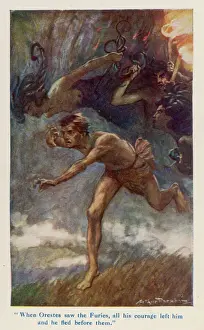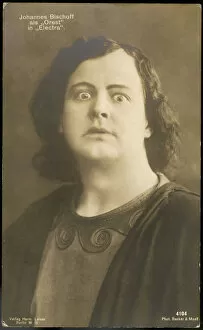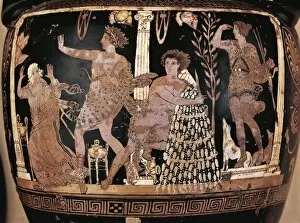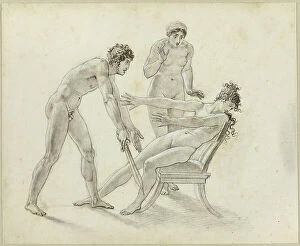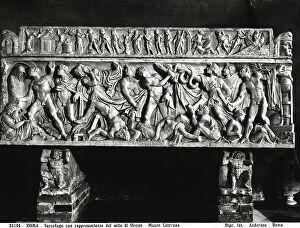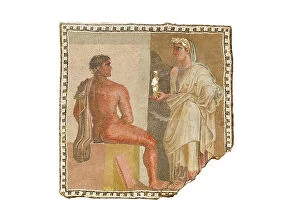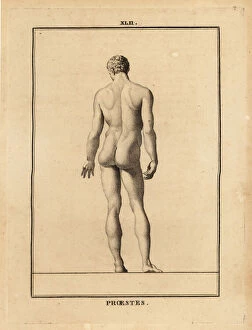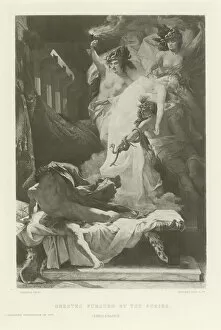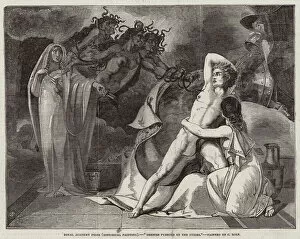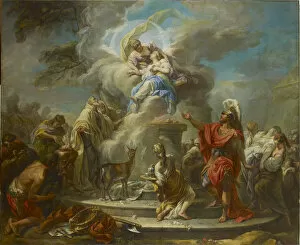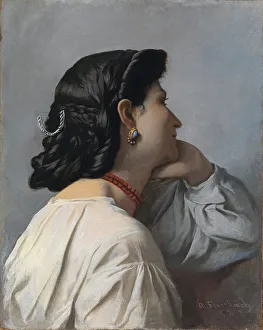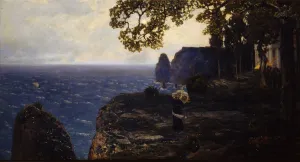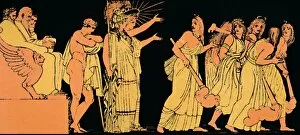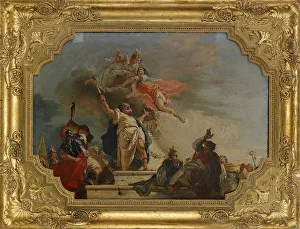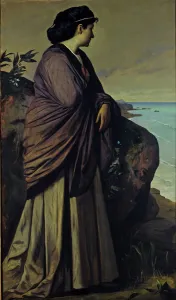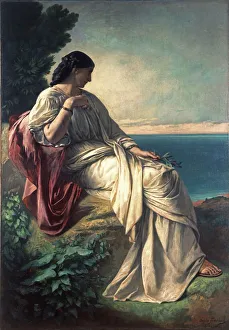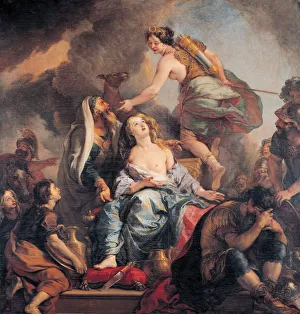Orestes Collection
"Orestes: A Tale of Tragedy and Redemption" In the ancient Greek mythological realm, Orestes stands as a central figure in many tales
All Professionally Made to Order for Quick Shipping
"Orestes: A Tale of Tragedy and Redemption" In the ancient Greek mythological realm, Orestes stands as a central figure in many tales. One such story is his encounter with the Eumenides, also known as the Furies. This dramatic confrontation has been depicted in various art forms throughout history. One notable portrayal can be found on a red-figure pottery krater that showcases the Eumenides from Aeschylus's tragedy. Here, Apollo valiantly defends Orestes against these vengeful spirits, highlighting the eternal struggle between justice and revenge. Another artistic representation comes in the form of a mosaic featuring Orestes alongside his sister Iphigenia. This intricate artwork captures their bond amidst turmoil, reminding us of their shared tragic fate within Greek mythology. Moving forward through time, we find an engraving titled "Grand Panorama of the Great Exhibition. " In this piece, we glimpse a portion dedicated to Orestes' story displayed at an exhibition. It serves as a testament to how deeply ingrained this myth was in society's collective consciousness. A statue depicting Orestes naked further emphasizes his vulnerability and humanity despite being Agamemnon's son. The sculptural group showcasing him alongside Electra adds another layer to their complex relationship as siblings bound by bloodshed and grief. The theatrical world also embraced Orestes' tale with Mrs Mary Ann Yates embodying Electra's character at Drury Lane Theatre in 1774. Through her performance in Thomas Francklin's play "Orestes or Electra, " she brought forth emotions that resonated with audiences for centuries. Engravings capturing pivotal moments like "Orestes taking refuge from the Furies" and "Electra mourning for Orestes" continue to immortalize these characters' struggles on paper. They serve as visual reminders of their enduring impact on literature and art alike. Orestes remains an enduring symbol of tragedy and redemption.

